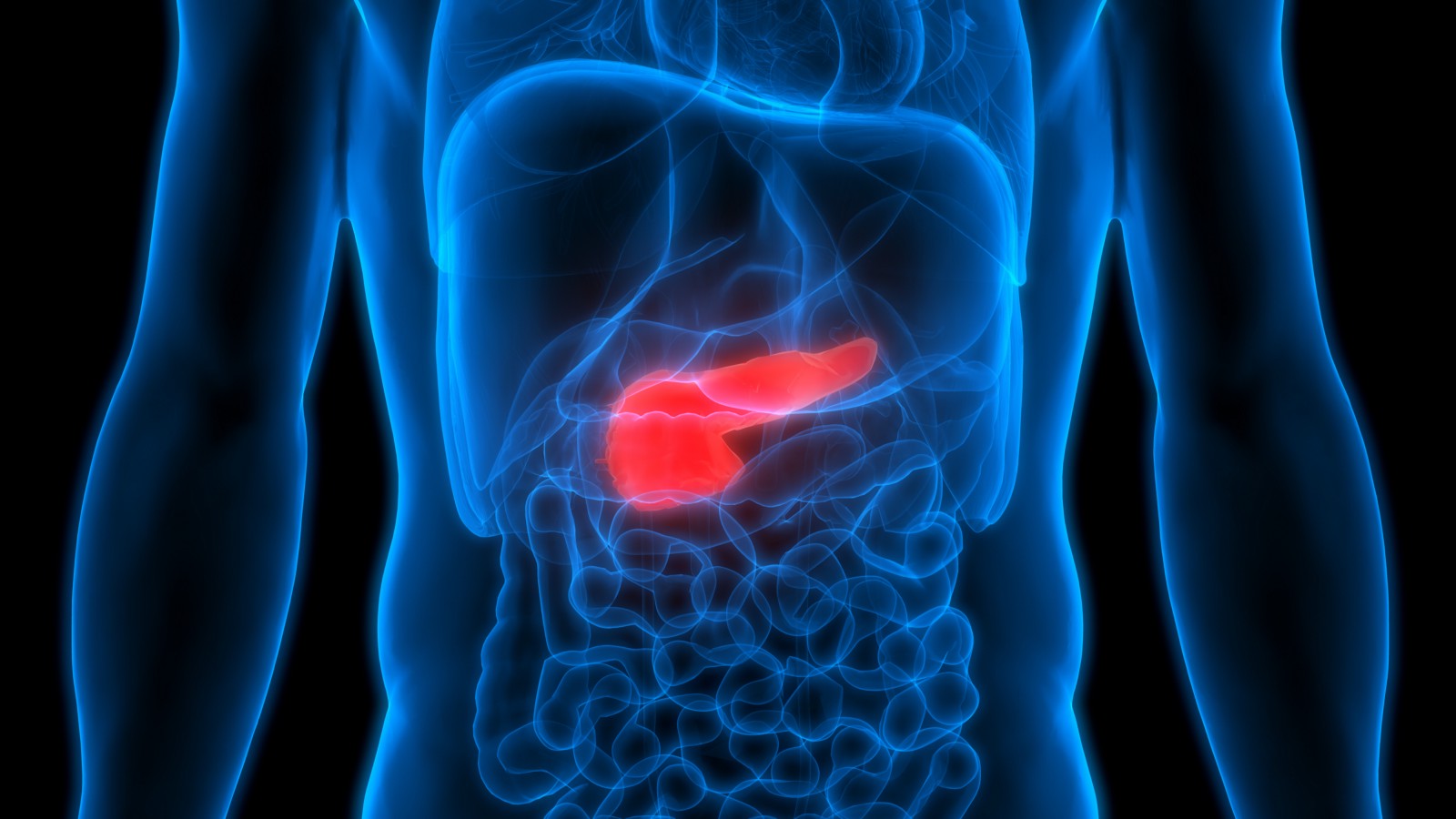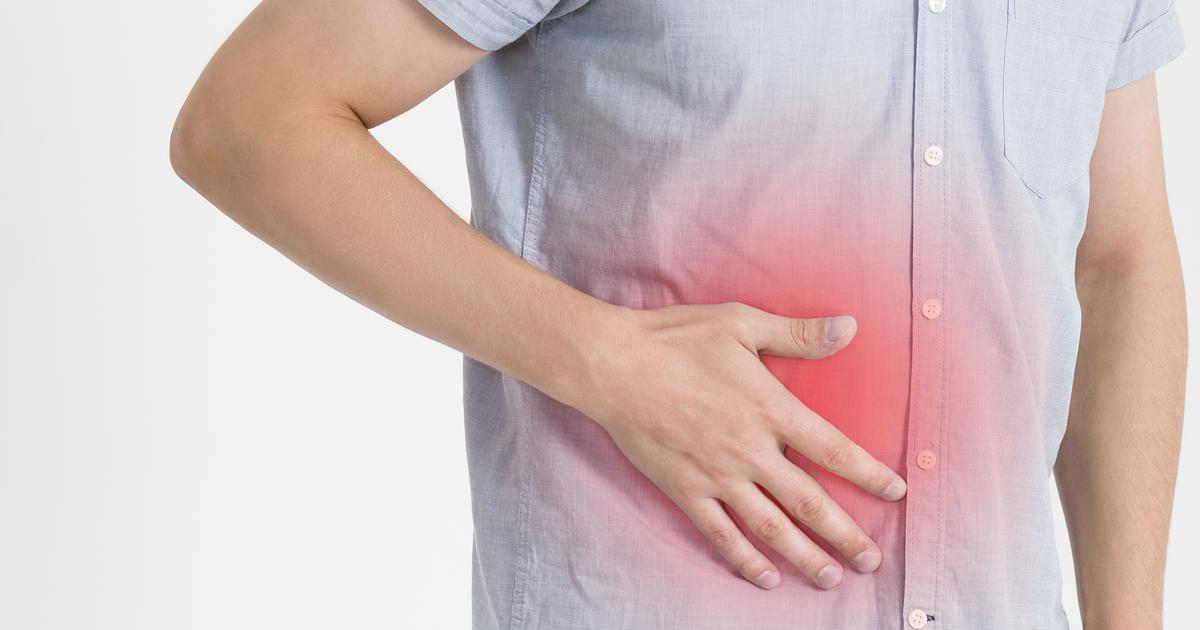Guide To The Conditions That Affect The Gallbladder
The gallbladder, located underneath the liver, is an organ that resembles a small pouch. It is responsible for storing and concentrating bile, a substance that aids in digestion. When individuals consume a meal, their gallbladder contracts and injects all of the stored bile into the small intestine for help with digestion. When the gallbladder begins to do more harm due to disease or damage than good, it can be removed without causing observable problems to an individual's health. The central location of the gallbladder causes it to be more susceptible to certain diseases.
Treatment for conditions that affect the gallbladder varies based on the specific disease. However, there are commonalities, including gallbladder prescription medicine for pain relief. Patients may need drugs to dissolve gallstones. Anti-inflammatory medication can help as well. Surgery for gallbladder conditions is common too. Of course, knowing the common gallbladder conditions first and getting a proper diagnosis is vital.
Cholecystitis
Cholecystitis is a condition that occurs when an individual's gallbladder experiences inflammation. Most cases are the result of the obstruction of the bile duct by gallstones. A tumor in the gallbladder that prevents bile from draining out of the organ can also cause cholecystitis. Other causes of cholecystitis include viral infections, bile duct kinking, and blood vessel problems. Symptoms include severe upper right abdominal pain, vomiting, nausea, fever, shoulder pain, and back pain. Patients often experienced tenderness in the abdomen when touched and abdominal pain that worsens after consuming a meal as well.
This condition is diagnosed with a physical examination, CT scans, endoscopic ultrasounds, and abdominal ultrasounds. Doctors will often order blood tests and a hepatobiliary iminodiacetic acid scan too. Treatment of cholecystitis includes hospitalization, intravenous fluids, antibiotic medication, pain medications, fasting, and a surgical procedure to remove the gallbladder.
Keep reading to learn more about the conditions that affect the gallbladder now.
Gallstone Pancreatitis

Gallstone pancreatitis is a condition where a stone develops in the gallbladder and makes its way into the pancreatic duct. This is the tube where fluids from the pancreas flow to the small intestine to assist with digestion. These pancreatic enzymes are produced in the pancreas and then activated a short time after leaving the gland to help digest food. When a gallstone moves into this duct and obstructs the flow of these fluids to the small intestine, they build up in the pancreas and become activated. The activated enzymes are corrosive to tissues not protected by a layer of mucus, like the lining of the small intestine.
The corrosion causes widespread and severe inflammation of the pancreas. When pancreatitis results from a lodged gallstone in the pancreatic duct, it is referred to as gallstone pancreatitis. Symptoms include fever, chills, nausea, jaundice, squeezing upper abdominal pain, and vomiting. Doctors diagnose this condition with blood tests, computerized tomography scans, magnetic resonance imaging, and ultrasound. Treatment may include fasting and surgical removal of the gallstone.
Read more about conditions that affect the gallbladder now.
